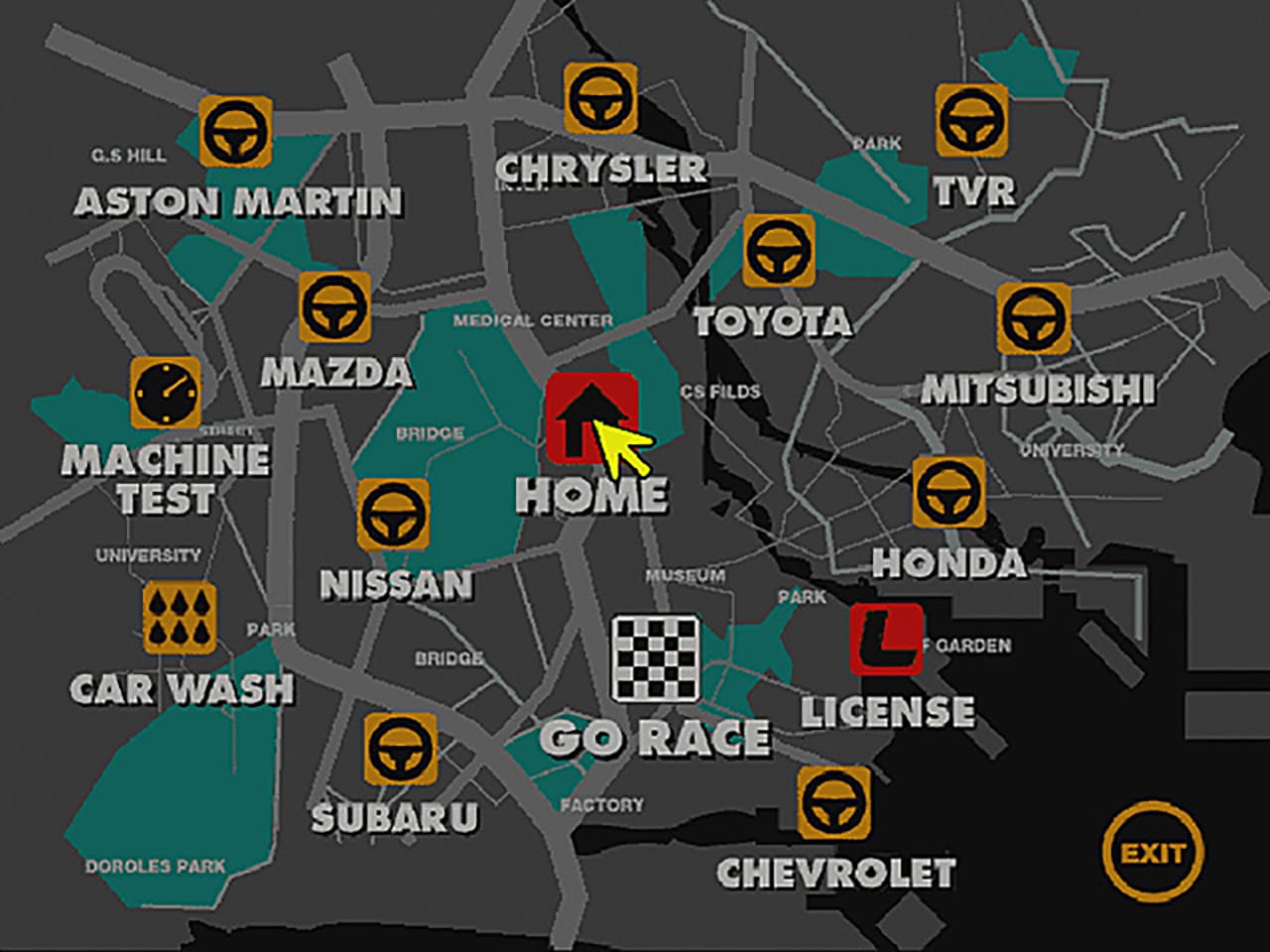How Gran Turismo Fuelled the Cult Following of 90s JDM Icons
Eat. Sleep. Licence Test. Repeat.

The release of Gran Turismo in 1997 was a transformative experience.
I was fixated on it leading up to its UK release, and then even more so afterwards. Most evenings, I'd spend hours completing license tests and grinding races to save up credits.
Every win felt like an achievement, every win brought me closer to adding a bigger turbo to my Skyline or buying a new car. It was wonderful, and I subscribed to the notion that it was essentially Pokemon for car nerds.
Gran Turismo was the only game that made me wake up early before school to get some playing time in. I lived and breathed it, to the dismay of most of my chums, as most of my output was about how close I was to getting gold on a particularly tricky license test.

Before the release, as a young 12-year-old boy, my knowledge of cars was limited to iconic brands like Ferrari, Porsche, and Lamborghini. But here was a game that opened my eyes to a world of lesser-known but equally remarkable vehicles.
You have to remember that the racing games that came before didn't lean so heavily into car culture, nor did they have such a vast array of JDM battle machines to choose from.
Suddenly, I found myself developing an appreciation for Japanese cars. The Honda Civic EK9, the Nissan Skyline R32, and the Toyota Chaser were just some of my favourites.

To this day, I point out 90s JDM cars to my wife when we're out on our daily duties. It's a compulsion at this point, and I don't expect much if any fanfare from her as I point out the second Mazda Demio of the day.
The Mazda Demio is my cult classic.
In the game, it starts as a total banger - slow, rough around the edges, and handling like a brick. But that first crappy little car you drive is all part of the fun. The real joy comes from pushing it to its limits and beyond.
Stripping out weight, bolting on more power, slapping on some sticky tyres - all those mods completely transform how it drives. "It's so cute," back in the real world, I squeal. But to her and most others, it's just another old Japanese econobox.
While the Demio was once a common sight as a popular vehicle when Gran Turismo debuted, its significance has drastically transformed, now symbolising something entirely different from its initial perception.
Rarity.
So forgive me as I close my eyes and think about that inaugural license test in which you accelerate over 1000 meters, then slam the breaks on to stop within a narrow checkered box.
I even tweeted about this phenomenon - the rarity of these particular cars.
There will never be another racing game where you can pit an Alfa 156 against an Avantime. It will never happen. In 2004, we just didn't know how important Gran Turismo 4 would be in preserving the legacy of the humble shitbox. pic.twitter.com/dIysXXhVh6
— PlayStation Polygons (@PSPolygons) March 14, 2024
But just as the Demio introduced us to the complexities of Gran Turismo's licence test, the Demio's real-life counterpart likely introduced new drivers to the complexities of venturing out on the roads as the perfect first-time car.
Then as now, Gran Turismo is the only way many of us get to drive and experience, albeit virtually, most of these cars. Most importantly, the game preserves so much of what made these motors great in the first place, which will become even more valuable as they disappear from the roads over time.
The Cult of Design
For all the love I had for these often angular, squared designs, they weren't for everyone.
Jeremy Clarkson famously chastised the Skyline R32, "You would have thought if you were designing a car to take on the Porsche 928 or the Ferrari 355, you'd make it look just a little bit more exciting than this."
Ultimately, it didn't matter, the Skyline spoke for itself with its twin-turbo inline-six engine. That thing could take copious amounts more power, as could the chassis, something Clarkson was particularly fond of.

It also didn't matter because Gen Xers and Millenials made their minds up the first time they played the game. They would fall in love with these cars, and they'd aspire to own one (or more!) when they were all grown up.
Of course, this kind of thing just sends prices through the roof, putting most of those cars way out of reach for anyone except the properly minted lot. A prime example - and a gorgeous one at that - is an R32 GT-R recently sold for just shy of 50 grand. Barely a difference from when it was brand new once you factor in import taxes back in the day.

Gran Turismo represented an automotive cultural touchstone that shaped perceptions and desires around cars. The pointed looks of motors like the Supra, the crazy aero of the RX-7, the unmistakable rump of the Skyline - these became iconic design hallmarks permanently etched into their subconscious.
Aspirations to own these dream cars someday were forged in the glow of a TV screen. Gran Turismo wasn't just a racing sim, it was a gateway into car obsession.
Misty Watercolour Memories
As much as these cars were unknown entities to most, it gave the game a more unique appeal rather than just appealing to supercar sensibilities. It also happened to foster a culture of thrifty performance upgrades.
Making the most of your limited credits meant you had to consider what was best for performance.
Adding a bigger turbo, or taking out the seats to free up 100kg. The little upgrade choices you made early on in the game had quite a big impact. It meant upgrading wasn't just a mindless tick-box exercise - those decisions mattered.
It was how you won races.
The game's extensive customisation options allowed players to modify and personalise their cars, unleashing a new level of creativity and expression. There was simply nothing like this on the market at the time.

It laid the foundation for any car knowledge I have now. Heck, it probably laid the foundation for me competently changing the brakes on my car rather than bringing it to the mechanics.
Thank you, Yamauchi-san.
Playing Gran Turismo now, some 27 years later is a special experience, and again, it all comes down to one thing - rarity. Gran Turismo is now a portal into a world that existed in the 90s, and so too are the elder state examples of Japanese cars once popularised by the game.
The rarity of some of these vehicles uproots some difficult questions about life too. Possessions become rarer with time, something we have a finite supply of, and so as much as Gran Turismo, for me, is about that first experience, it's also about the peripheral experiences of my childhood.
Such as my first day at secondary school, my dad showing interest in what I was doing, or my crush saying hello back to me as my breaking voice defaults to squawk rather than anything remotely attractive.
Mostly though, it's friends playing until the sun comes up, with our worries only amounting to unlocking the Mitsubishi Mirage '92 Cyborg R because it's a cheap, fast, FF car.

So Gran Turismo is a bit of a portal into life as it was then, for better or for worse, and so we shouldn't just cherish these cars for the sake of it, but because it represents who we were then, and in some respects, who we are now.
Over two decades later, the impact of Gran Turismo on JDM car culture is undeniable. These once-obscure Japanese machines have become highly sought-after collector's items, with pristine examples commanding premium prices at auctions and enthusiast events.
For me though?
It's a reminder of the linear nature of time, more so, as time creeps forward relentlessly. So forgive me, if I smile in the direction of a passing Demio.
There's a good chance I won't see it again.




Comments ()